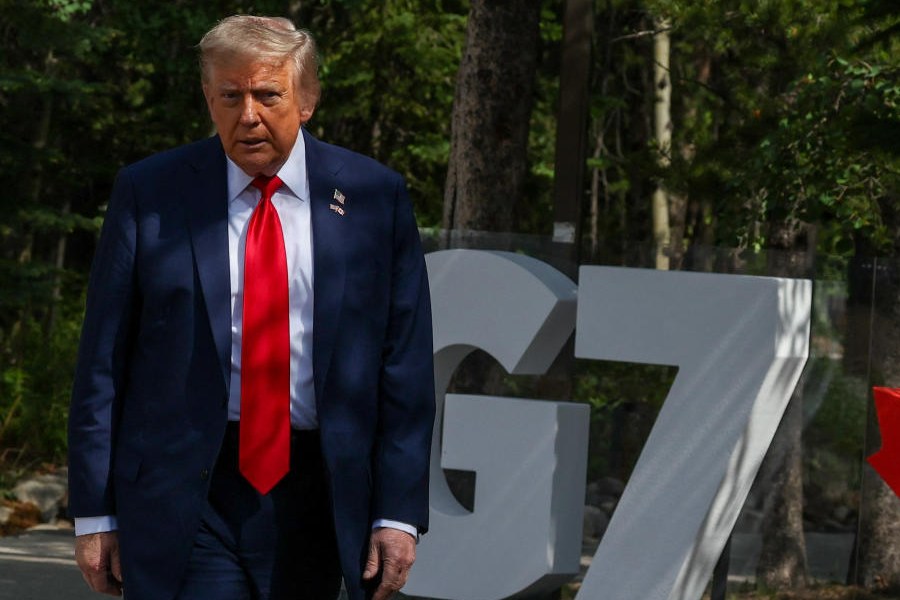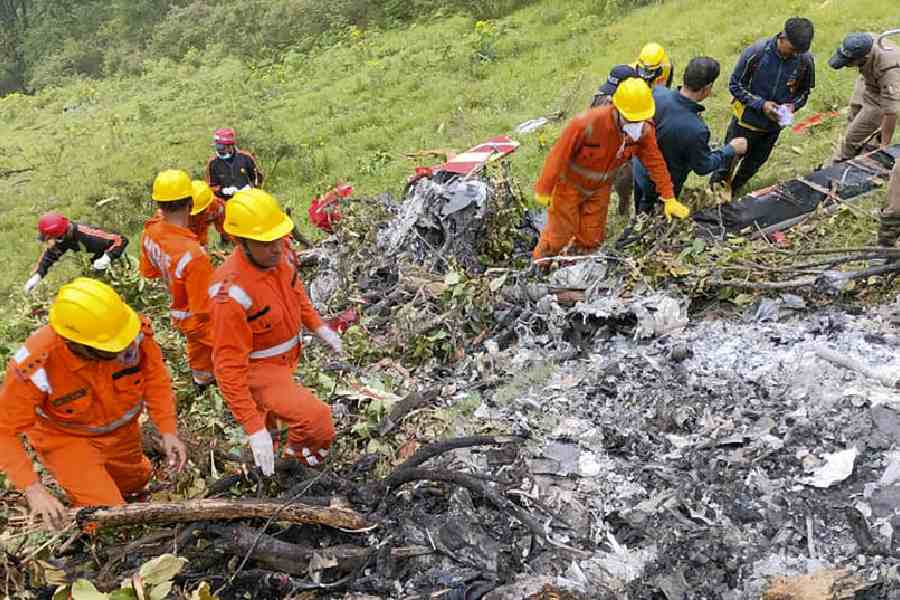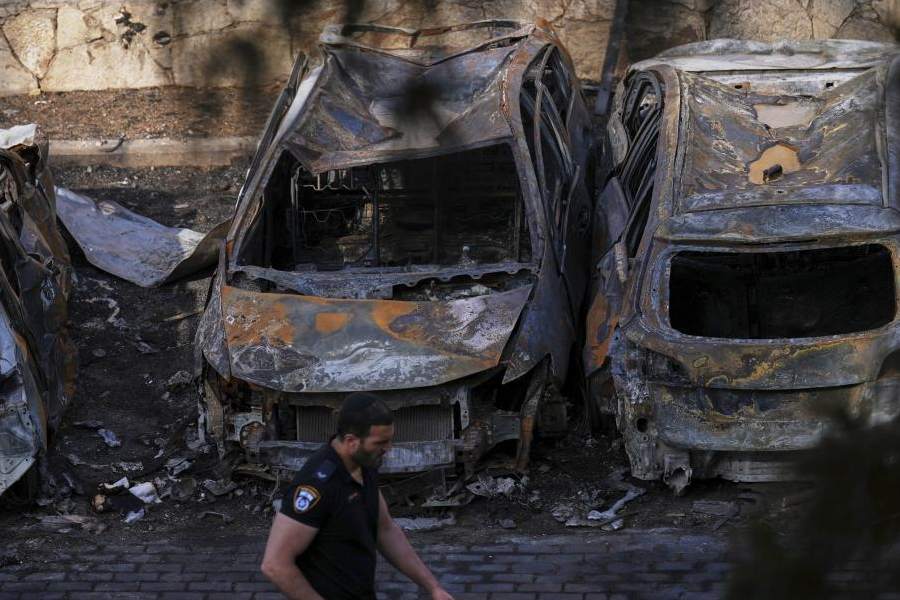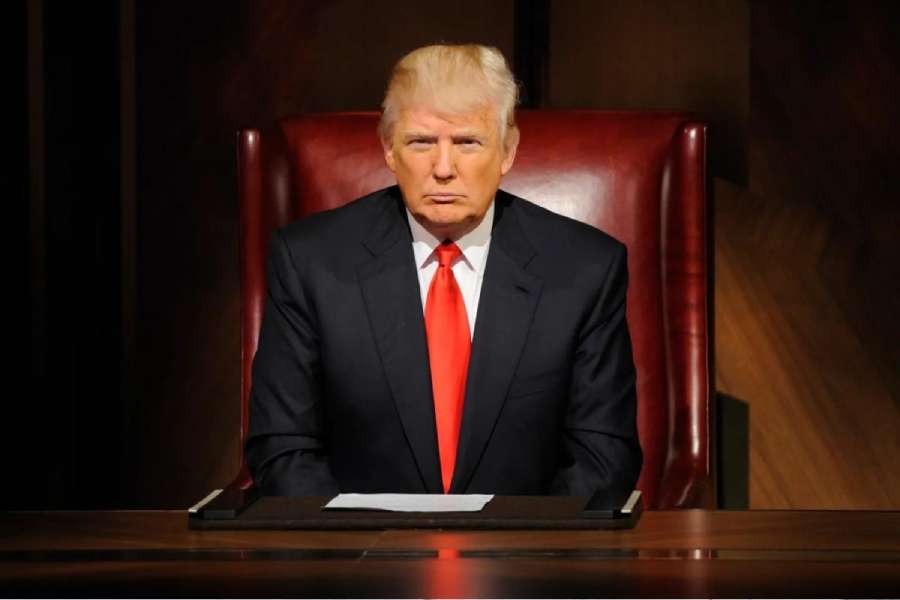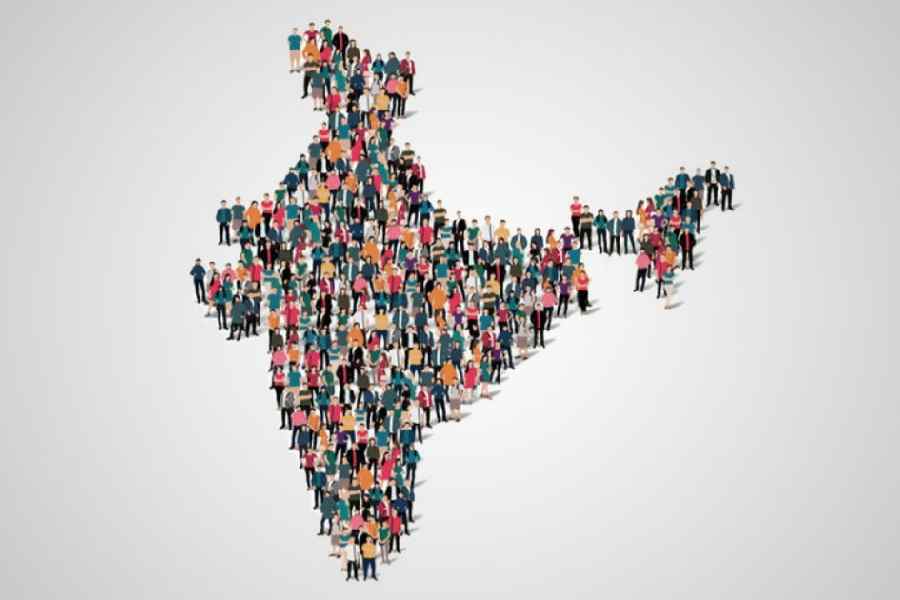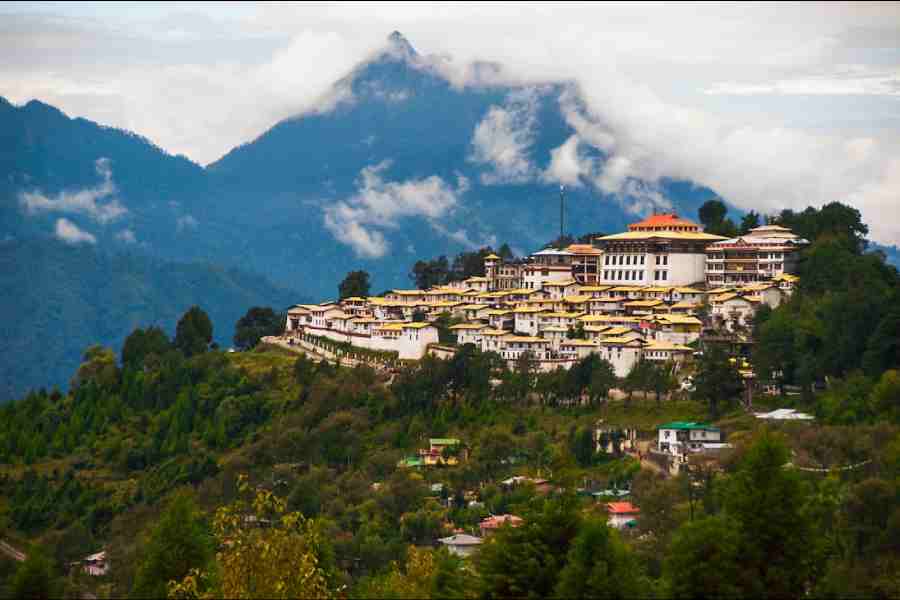
THE PAKISTAN PARADOX: INSTABILITY AND RESILIENCEBy Christophe Jaffrelot, Random House, Rs 799
Reading Christophe Jaffrelot's book on Pakistan is like going back to school. This is not merely because he goes back to the very beginning, that is to the tumultuous years of early 20th century that is usually the starting point of most scholars investigating Pakistan's present mess. The feeling of being marched back to class is perhaps inspired by the rigour of his analysis. For example, few would have thought it necessary to go into exhaustive details to elucidate the heterogeneity of Indian Muslims that for years thwarted Mohammed Ali Jinnah's attempts to unify the community under the Muslim League. But Jaffrelot is unsparing. He talks about the Ashraf-Ajlaf-Arzal divide, the Ahmadi-Khoja-Bohra variations among Shias, the settlement of Memons in Bombay and so much more - all in about 10 pages. But with that little bit extra, Jaffrelot manages to hook the past more securely on to the back of the present.
Jaffrelot calls Pakistan's multi-sectoral instability the "Pakistani syndrome", whose seeds lay embedded in the Pakistan project and the history and sociology of the regions that ultimately formed the country. He identifies three tensions that lie at the root of this instability and devotes a separate section to each. One, the tension created by the project of forming a unitary nation state with provinces that had strong ethnic identities, two, the tension between an authoritarian political culture and democratic forces and three, the tension created by the competing interpretations of Islam.
Jaffrelot's "interpretation key" helps understand several chapters of Pakistan's untidy history - a pattern whereby a narrow elite fights to preserve its dominance and, inexorably, sets off reactions that lead to developments beyond its control. Pakistan itself was the end product of this fight. Pakistan, essentially, was the project of the Urdu-speaking minority Muslims of northern India who saw themselves as legatees of India's erstwhile Muslim rulers threatened by the Hindu majority. It was their sense of entitlement, drawn from an exalted idea of their class and moral superiority of their religion, that led them to fight for parity against their numerically large Hindu counterparts in British India. From a demand for separate electorates, this proceeded to a demand for separate territory under Jinnah, and, eventually, Partition and Pakistan.
The pattern repeated itself during the run-up to the secession of East Pakistan when the minority Punjabi-dominated elite of West Pakistan demanded parity with the numerically large Bengalis of the eastern half. Their eagerness to concentrate power in their hands set off a chain of events that culminated in the formation of Bangladesh. The pattern recurred when the powerful Mohajirs demanded parity with the numerically large Sindhis soon after Partition. Their story had a sorry end, but the conflict that ensued in its wake has gone a long way in shaping Pakistan's history.
Jaffrelot looks at other patterns that got set in stone with the formation of Pakistan. Take the political culture of repression and authoritarianism that the founding fathers of the country initiated with their efforts to create a centralized state that identified itself with one language and one religion. The snubbing of all other identities - ethnic, linguistic, cultural or religious - encouraged the fissiparous tendencies with which Pakistan continues to battle.
There are also certain other moulds that Jaffrelot identifies and tries to break. For example, the idea that Pakistan's civilian and military establishments being mutually exclusive. Jaffrelot finds a great deal of "structural convergence" between these two. Pakistan, according to Jaffrelot, has no real democrats or real autocrats. There are, he says, a "wealth of authoritarian 'plutocrats' who make up the establishment".
Jaffrelot's analysis shows that Pakistan's civilian leadership has never sustained its commitment to democracy. If Zulfikar Ali Bhutto scotched Pakistan's first interface with true democracy with his perfidy, so did Benazir Bhutto and Nawaz Sharif. In fact, Jaffrelot cites the second term of Sharif as "parliamentary dictatorship". Pakistan's military dictators, on the other hand, were not irredeemable. They always sought legitimacy either through referendums, constitutional orders or the holding of elections. The fact that they did, Jaffrelot argues, showed the resilience of Pakistan's democratic experiment.
Jaffrelot sees both the civilian and military leadership bound together by a "sense of class". The age-old feudal power structure leavened by the new commercial interests of the army and cemented by threat perceptions from beyond the borders has given a composite quality to this ruling class. This class persists in Naya Pakistan. The only forces threatening this structure are Pakistan's self-confident judiciary and the jihadists. Jaffrelot sees Iftikhar Chaudhry, Pakistan's chief justice, to have effected a paradigmatic shift in the country's politics. The jihadists, too, are 'revolutionaries', given the hope and mobility they have brought to the occupants of the lower strata of Pakistan's ossified social structure.
However, the tide may be turning against the "fighting Mullahs" because of the hardship and violence they have brought on these people. Unfortunately, Jaffrelot sees the tide turning in favour of the army that has, once again, surreptitiously used the carnage to carve out its place in the national psyche. The civilian leadership is completely dependent on it to contain the jihadist violence and the judiciary may be ceding the army precious space by allowing military courts to dispense summary justice. On the larger plane, the shrinking definition of Islam from a territorial ideology to a political religion is making it doubly difficult for Pakistan's religious minorities to survive.
India does figure in Jaffrelot's analysis - as the ever-present, imagined or otherwise, threat to Pakistan - but somehow his absorption in the internal dynamics of Pakistan veers him away from any substantial discussion of the external factors that have influenced the political trajectory in Pakistan. Jaffrelot adds Pakistan's "clientelism" of America as the "fourth dimension" of his study but it is more of an afterthought. Without these two, the 650-page tome with its intricate details of facts and figures, appear a bit lopsided.


